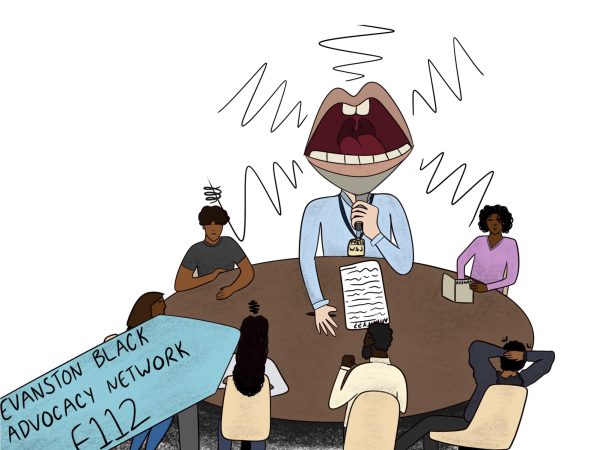Finsta creates an outlet for cyberbullying
December 16, 2016
While Finsta may seem entertaining and positive, too often it has strayed from its original intention and become a form of cyberbullying, and cannot be used as a way to deal with conflict.
A Finsta, or Finstagram, is a fake Instagram account. Finsta users (predominantly girls) usually have a main account, and their Finsta is their second account. These accounts are private, limiting followers to those that are close with the user.
The original intention of creating a Finsta was to have a place to post funny pictures or videos, rant, and just be open and honest. After all, only a select group can see your posts. But that is not what it has become.
Many Finsta user’s posts are directed toward or about other people, often their peers. Sometimes these posts are positive, but too often they are meant to put people down, because the user knows that person or group of people aren’t able to see the post. Not only is this not okay, but it’s untrue.
According to Evanston Clinical Social Worker/Therapist Renee Summers, the small number of controlled followers provides a false sense of security and intimacy for the user. This leads them to feel like they can say whatever they want, thinking that it will stay among the closed group.
But as we all know, we have no control over the spread of information once it is in cyberspace. Even though the target of a Finsta may not be following the account, it only takes a screenshot and a text for anyone to access the content.
As much as the user may trust their followers, they have no way of guaranteeing that the target of their post(s) will not discover that they are being talked about behind their back. Posting a negative Finsta is not worth the risk, especially knowing it could easily get back to the person being put down.
Obviously, the easy solution is to say “don’t do it.” Students are educated on cyberbullying, and know the effects it has on others, but this alone does not stop them from participating in the trend. The fact that technology is so easily accessible and so deeply rooted in modern society contributes to the problem.
What needs to be revived is our ability and willingness to communicate face to face. It is very easy to hide behind a screen and put people down, but that will never lead to progress. If you have a problem with someone or something, actively try to solve it without a phone, Finsta, or any other form of technology.














